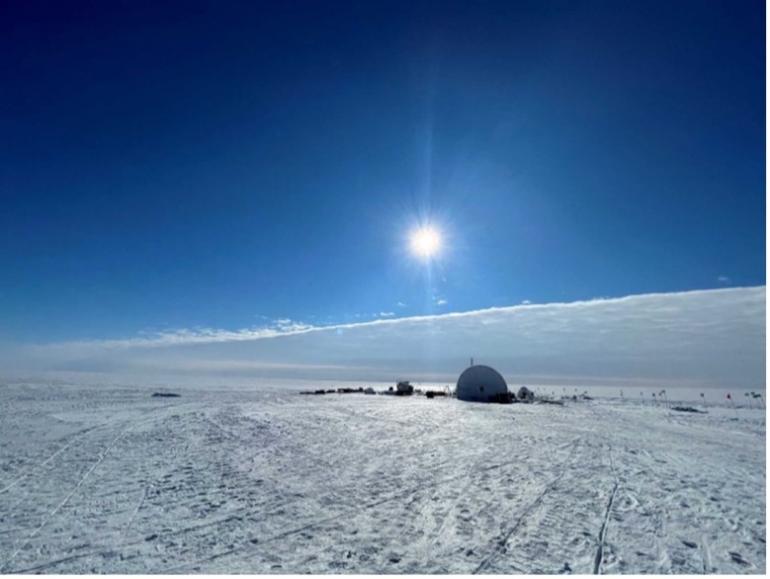A STUDY OF THE 38TH ITALIAN EXPEDITION TO ANTARCTICA HAS BEEN PRESENTED. THE EXPERTS HAVE CONDUCTED GEOMORPHOLOGICAL AND GEOPHYSICAL SURVEYS OF THE SEA BED AND THE COASTAL BELT. THE DATA COLLECTED HAS SHOWN THAT EVEN IN THIS REMOTE REGION, GLOBAL CLIMATE CHANGE IS ACCELERATING THE MELTING OF THE ICE
Il Bari University Campus hosted the joint congress in recent days “Geology for a sustainable management of our Planet”organized by Italian Geological Society (SGI) and from Italian Society of Mineralogy and Petrology (SIMP). The event saw the participation of internationally renowned scholars.
Among the topics discussed, one of the main ones was the importance of disseminating information Geoscienze as an educational tool to train citizens and promote a sustainable future for the Planet. During the meeting, a comic book which tells of life on board an oceanographic vessel, accompanied by a film that follows a geologist while exploring and collecting rock samples.
The comic, in particular, has as its protagonist a geologist who narrates her experience, dividing her time between her scientific activity and her family, who remained at home.
38th Italian expedition to Antarctica
The attention of experts has therefore focused on Antarctica, with an eye also turned to Greenland. During the 38th Italian expedition to Antarctica, geomorphological and geophysical surveys of the seabed and the coastal strip were conducted, to understand the effects of deglaciation in progress.
The data collected showed that even in this remote region the global climate change the melting of the ice is accelerating. This phenomenon has caused new beaches to emerge along the Antarctic coast, where the sea once was.
However, this lowering of sea levels is limited to Antarctica itself, caused by the reduction of the weight of the ice. Globally, the melting of Arctic and Antarctic ice is instead leading to a rapid rise in sea levels.
A study on fossils collected in Edisto Bay, Antarctica
At the same time, the Department of Earth Sciences of the University of Pisa presented a study on fossils collected in Edisto Bay, Antarctica.
These fossils, coming from organisms that lived both in the water column and on the seabed, allow us to reconstruct the paleoenvironment and to understand the circulation of waters both past and present.
The research revealed that, between 50 and 450 AD, there was a period of climate stability in which marine organisms thrived. Later, however, a cooling caused their disappearance, ushering in a more unstable ice age. Although climate variations have always existed, today thehuman impact it is much stronger than natural changes.
The evolution of the Antarctic ice sheet in the geological past
Numerous research programs are underway to study the ice situation in Antarctica and the Arctic. Among these, the project SWAIS2C it also involves Italian researchers and aims to examine the evolution of the Antarctic ice sheet in the geological past.
These studies are particularly relevant to understanding how ice sheets will evolve in the future, with projections potentially extending to 2100. West Antarctica, in particular, is considered a vulnerable area, as the ice sheet here “floats” over the ocean, which is warming rapidly.
If this part of the ice sheet were to collapse, it could contribute to global sea level rise of more than 7 meters. The situation is similar for Greenland: the melting of both ice sheets could raise sea levels by more than 10 metres.
These studies are essential to better understand the future evolution of climate and ice sheets and offer valuable data for global climate projections.

